Świdnica Plateau
6.48
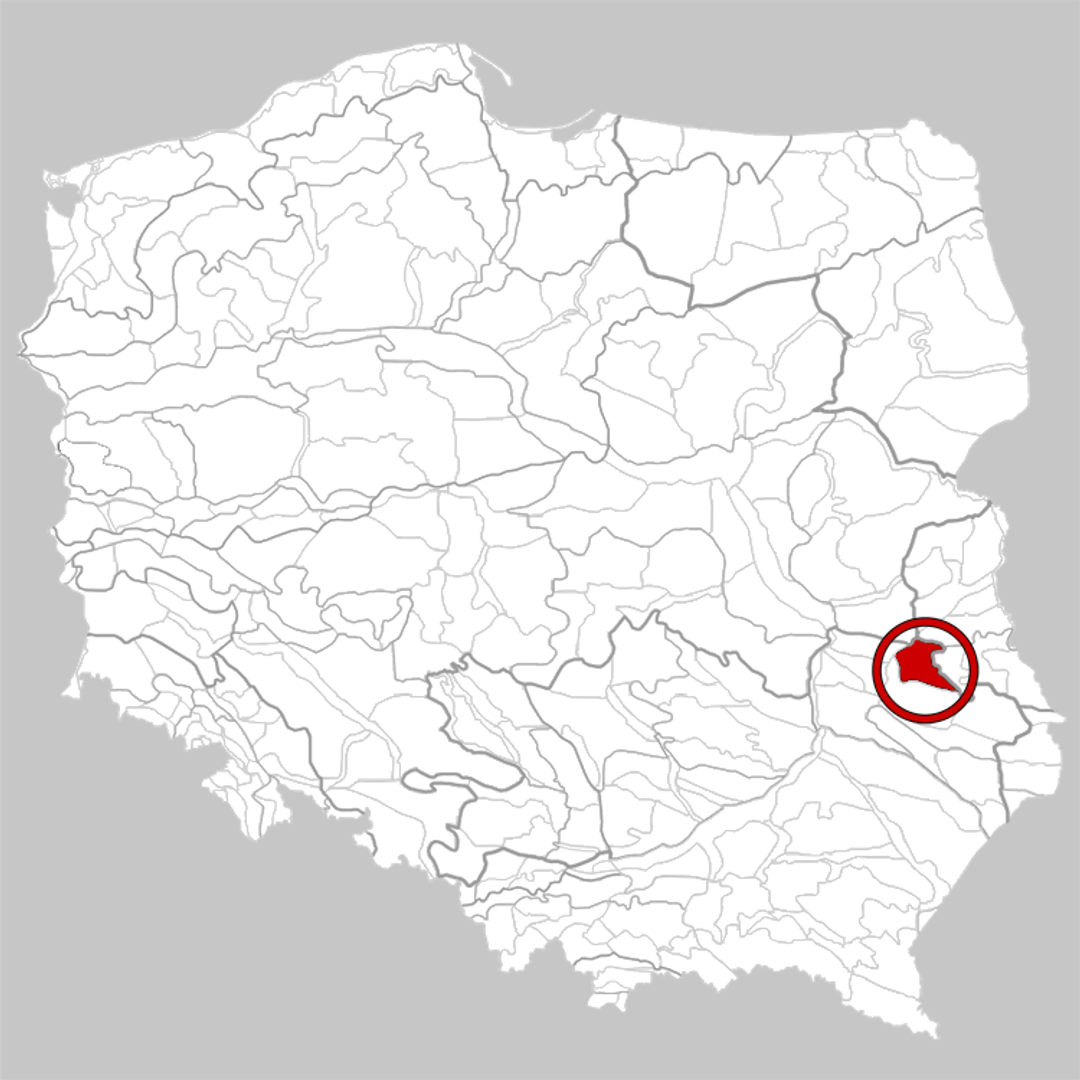
Overview
The Świdnik Plateau, located in eastern Poland, is a physiographic mesoregion covering an area of 530 km², characterized by a fairly flat denudational plain formed in Cretaceous marls. The area ranges in elevation from 230–240 meters above sea level in the south to 200 meters above sea level in the north. The plateau is home to the city of Świdnik, situated at an altitude of 215 meters above sea level, as well as parts of Lublin, Łęczna, Piaski, and the village of Mełgiew. Świdnik is a place with a rich history, known for its aviation industry, particularly due to the WSK "Świdnik" plant, which played a key role in the region's development. The city is also renowned for its architecture, including buildings from the 1960s and 1970s, and religious monuments such as the Church of the Holy Trinity. The culture of the Świdnik Plateau is enriched by various local events, festivals, and traditions that highlight the regional identity. It is also worth mentioning the natural attractions of the area, which promote active recreation and tourism, offering numerous opportunities for exploration. Interestingly, although the area lacks a loess cover, its geology and terrain formation constitute a unique element of the Polish landscape.
Location
You can also find here:

Lublin
8.44
Lublin - Suburban Deanery

Church of the Assumption of the Blessed Virgin Mary and St. Anthony of Padua in Milejów
8.33
Lublin - Suburban Deanery
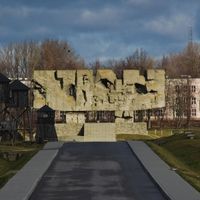
Monument to Struggle and Martyrdom at Majdanek
8.22
Lublin
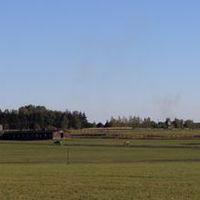
Lublin
8.22
Lublin
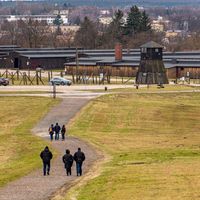
State Museum at Majdanek
7.04
Lublin

Świdnik
6.94
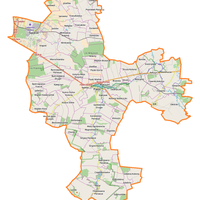
Świdnica County
6.94
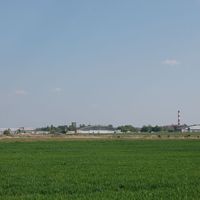
Lublin Airport
6.81
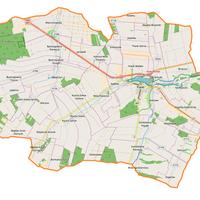
Sands
6.77

Lublin - Suburban Deanery
6.58
2025 Wizytor | All Rights Reserved